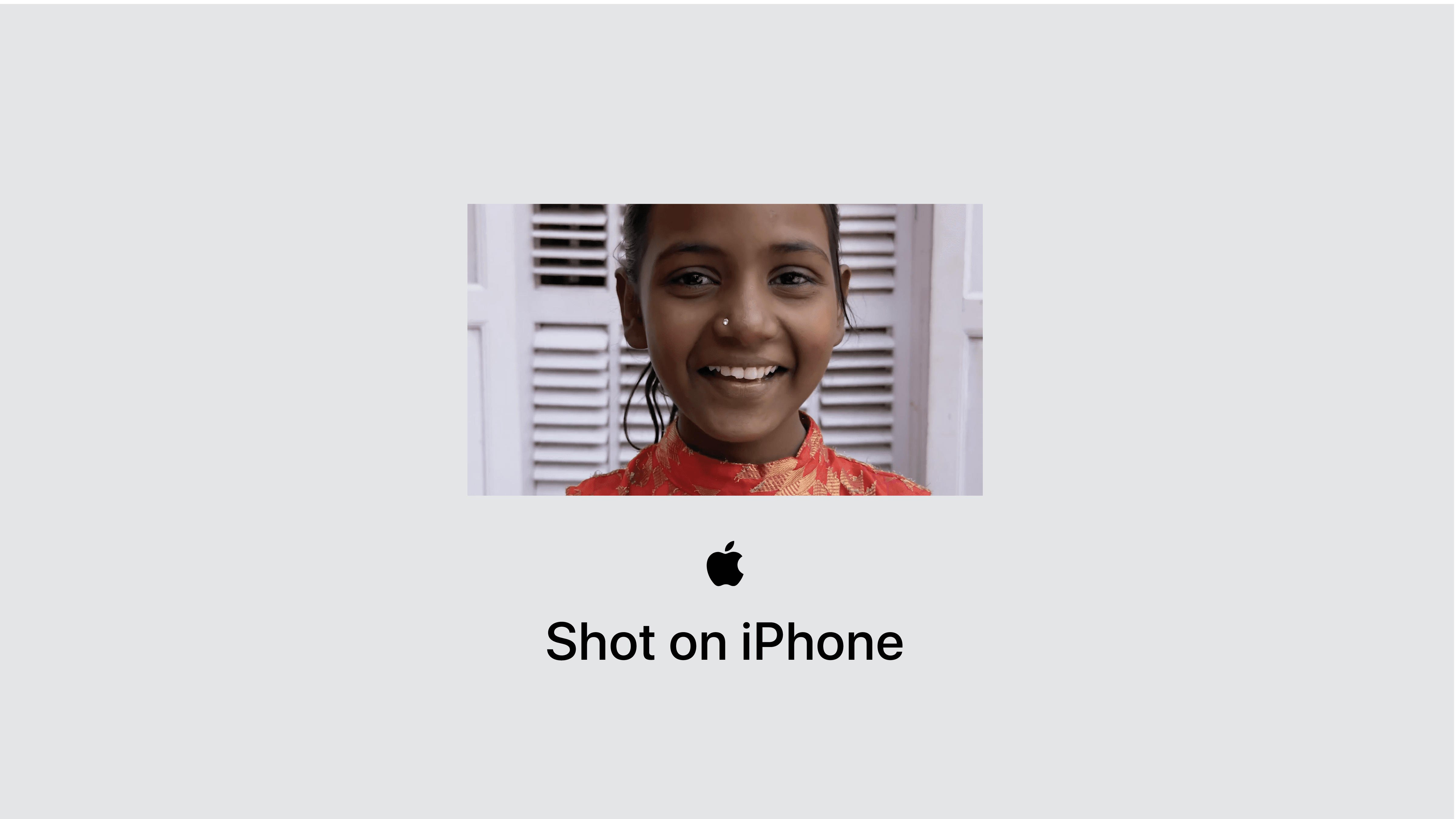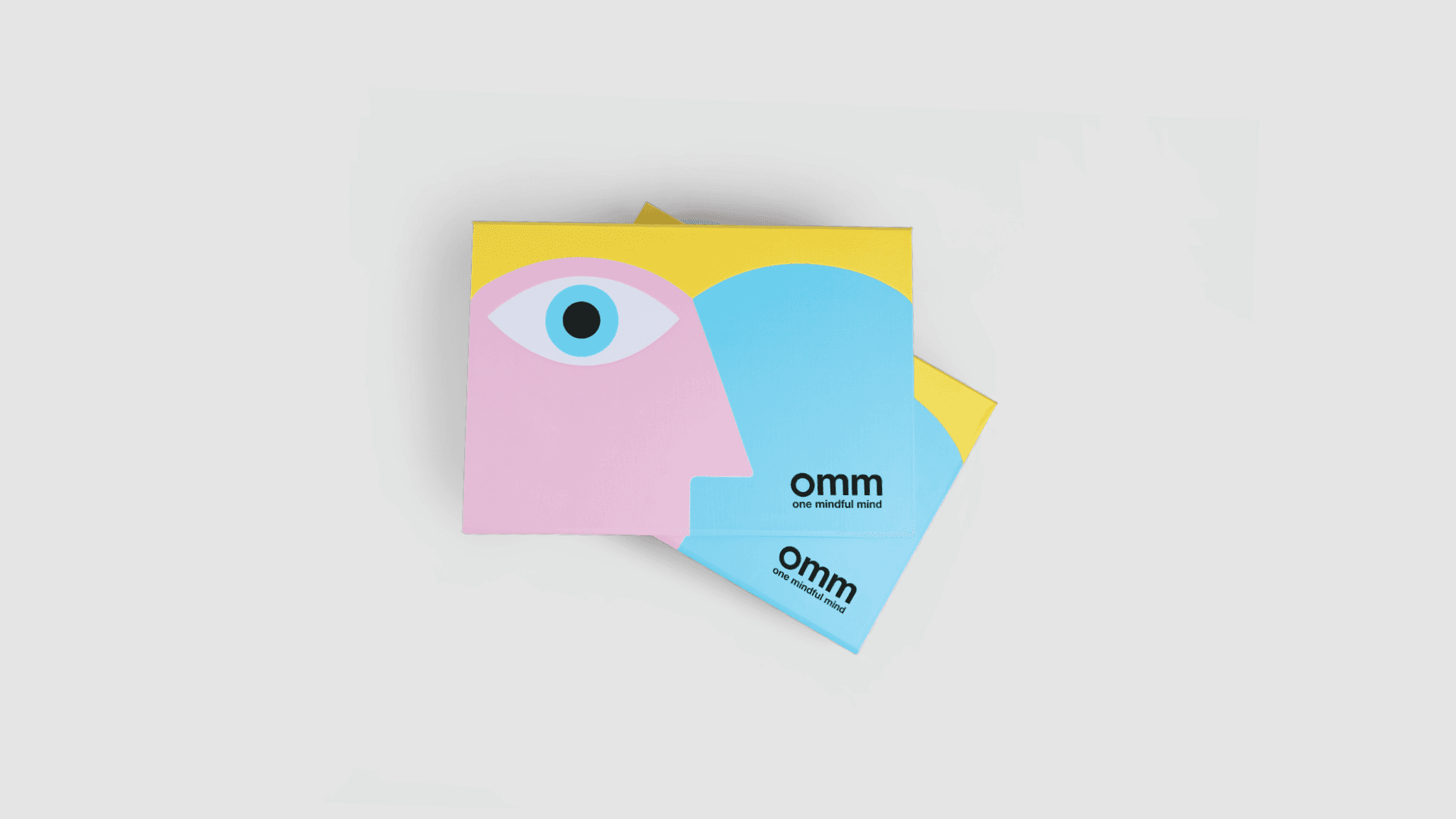Work
Blink to Speak
Client: Nuerogen Brain and Spine Institute
Service: Product Design
Sector: Healthcare
Year: 2018
Overview
Blink To Speak, the world’s first eye language is a simple communication method to help paralyzed people who have difficulties with speech.
It is helpful for patients with an alert mind but a paralyzed body. This language will ease communication between patients and caregivers / family members. It can be a permanent or temporary aid for communication.
Click here to see www.blinktospeak.com
Blink to speak is a set of 50 commands which can be used by anyone to speak with their eyes.
We assigned specific messages to basic eye actions, aiding patients with ALS/MND, spinal cord injury, stroke, cerebral palsy, and other neurodegenerative disorders. This communication method is particularly beneficial for those with paralysis and speech difficulties, enabling them to express themselves through eye movements. Patients on a mechanical ventilator, with an alert mind, can also use it. This language will ease communication between patients and caregivers / family members. It can be a permanent or temporary aid for communication.
An estimated 60 million patients around the world live for many years with ALS, MNDs, spinal cord injuries, brain strokes and partial paralysis. And their biggest battle against these fatal disorders is the simple act of communication. The alternative methods of communication are very tedious and the hi-tech assistive tools unaffordable for most.
But with a paralysed body there is one part that doesn’t betray most patients till the every end. The eyes. Blink To Speak uses 50 simple eye movements to build an extensive eye language.
Outcome
Blink to Speak significantly improved communication for patients with ALS and similar conditions.
This innovation allowed ALS patients to express themselves through eye movement. It received worldwide acknowledgement, including the distinguished UN Grand Prix for Good at Cannes Lions, and heightened understanding of the communication barriers experienced by individuals with disabilities. As a learning tool in hospitals, it drastically enhanced the patients' living standards, affording them independence and interaction.
More work
(3)







